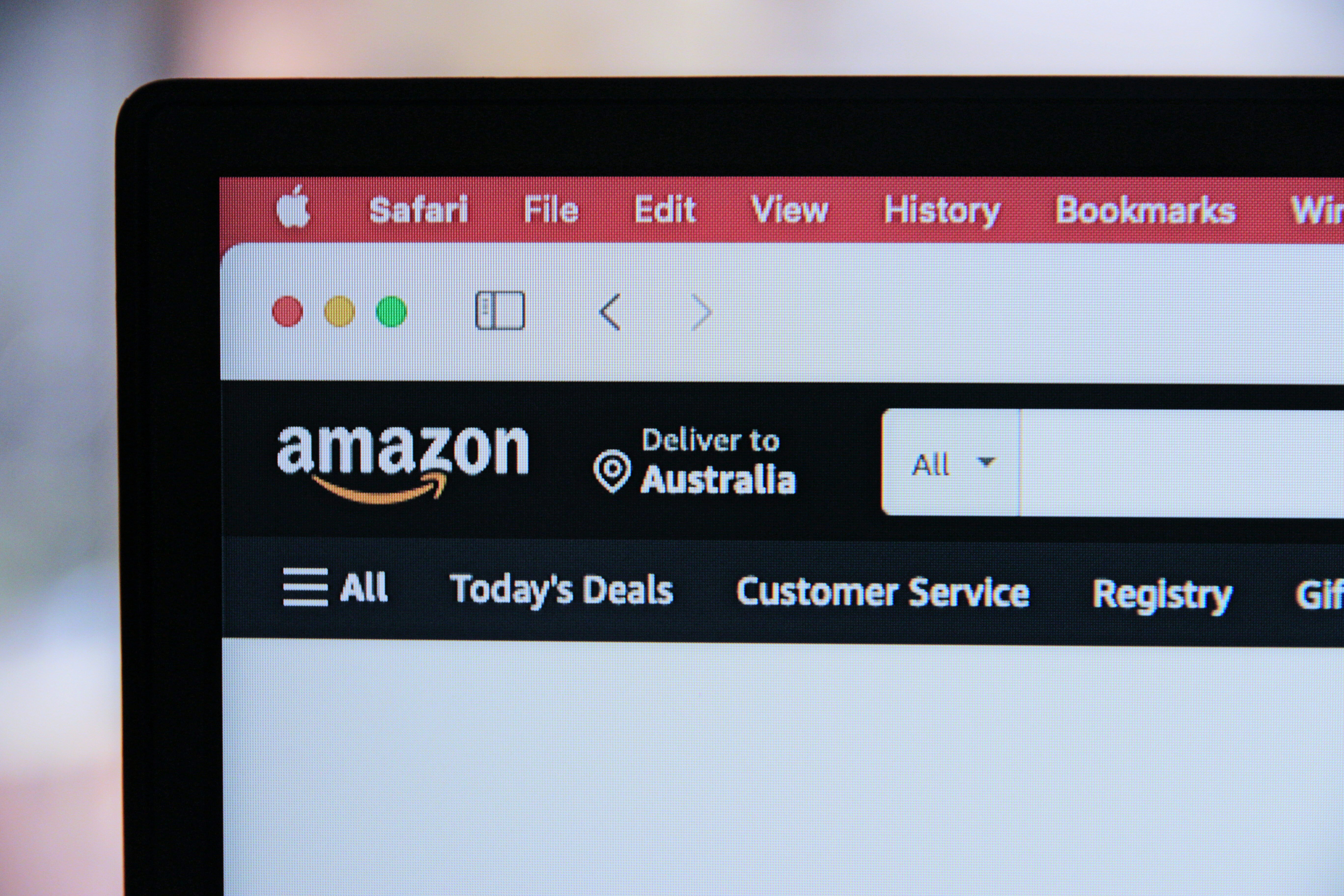Effective keyword research is the foundation of successful Amazon advertising. By choosing the right keywords, you can increase product visibility and improve return on ad spend (ROAS). This guide walks through the fundamentals, keyword types, tools, and strategies to optimize Amazon ad performance.
Understand the Basics of Amazon Keyword Research

Keyword selection plays a key role in getting your products in front of the right customers. To build a strong foundation, focus on two areas: understanding your audience and using analytics to refine discoverability.
Why Keyword Selection Matters
Good keyword choices help your listings appear in relevant searches. Aligning with how your audience searches improves visibility and supports paid search strategies.
Know Your Audience and Their Search Habits
Analyzing customer behavior helps identify the terms people use when searching. When your ads match real search intent, they’re more likely to appear in organic results and attract clicks.
Learn the Types of Keywords for Amazon Ads

Different keywords serve different purposes. A balanced mix can improve reach and targeting.
Short-Tail Keywords: Broad Visibility
These are general, 1–2-word terms like “headphones” or “running shoes.” They attract wide traffic but face high competition.
- Attract broad search traffic
- Increase product exposure
- Improve search visibility
- Higher cost per click
Long-Tail Keywords: Better Targeting
Long-tail keywords are specific phrases like “wireless headphones for workouts.” They match buyer intent more closely and often result in higher conversions.
- Focused targeting improves ROAS
- Match specific customer needs
- Lower competition
- Higher conversion potential
Branded vs. Non-Branded Keywords
Branded keywords include your product or company name. They reach buyers familiar with your brand. Non-branded keywords help attract new shoppers.
- Branded: capture loyal or returning customers
- Non-branded: expand reach and attract new traffic
- Using both supports full-funnel strategy
Harness Tools to Optimize Keyword Research for Amazon Ads

Several tools can help you find, analyze, and refine keywords for Amazon ads.
Use Amazon's Search Bar for Suggestions
Start by typing product-related terms into the Amazon Search Bar. The autocomplete suggestions are based on actual customer searches.
- Reveals popular search phrases
- Easy to access
- Great for brainstorming additional terms
Analyze Competitors with Product Opportunity Explorer
Amazon’s Product Opportunity Explorer helps you understand which keywords your competitors are using successfully.
- Identify top-performing keywords
- Learn from competitor performance
- Spot trends and opportunities
Monitor Keywords With Amazon Performance Dashboards
Two dashboards are especially useful:
- Search Query Performance Dashboard: Shows how your keywords perform in terms of clicks, impressions, and conversions
- Top Search Terms Dashboard: Reveals trending search terms across categories
Both tools help you adjust strategies based on real data.
Use Third-Party Tools Like Helium 10 and Jungle Scout
These platforms offer deeper keyword research and competitive insights.
- Helium 10: track rankings and keyword performance
- Jungle Scout: analyze competitor listings and trends
- Both tools enhance Amazon ad strategies
Build a Strong Strategy With This Three-Step Framework

A simple three-step process helps structure your keyword research and implementation.
Step 1: Research the Market
Start with thorough research to identify relevant and trending keywords.
- Review customer feedback
- Analyze competitor listings
- Use Amazon and external tools
- Focus on search terms with buyer intent
Step 2: Integrate Keywords Into Your Ads
Once you've identified the right keywords, place them where they’ll have the most impact:
- Titles: for primary keywords
- Bullet points: for supporting details
- Product descriptions: to improve searchability
Step 3: Monitor and Refine
Track performance and update your keywords regularly.
- Remove underperforming terms
- Add high-performing alternatives
- Use dashboards and analytics tools
- Stay flexible and responsive to trends
Boost Results With Advanced Tactics

Once the basics are covered, advanced strategies can further improve your results.
Adjust Bids Based on Performance
Analyze which keywords convert best and increase bids on those. Lower bids for underperforming keywords to optimize budget allocation.
- Prioritize high-ROAS terms
- Minimize ad spend waste
- Continuously improve campaign performance
A/B Test Ad Variations
Testing variations helps you determine what works best. Try different headlines, copy, or calls-to-action.
- Identify top-performing creatives
- Improve engagement and conversions
- Make data-driven decisions
Match Keywords to Seasonal Trends
Capitalize on peak shopping periods by adjusting your keyword strategy to align with holidays, seasons, or promotions.
- Include terms like “Black Friday deals” or “summer sale”
- Appeal to time-sensitive shopper behavior
- Drive higher traffic during high-demand periods
Keep Improving With Ongoing Learning

Keyword research isn’t one-and-done. Continuous improvement is key.
Stay Updated on Amazon’s Ad Policies
Regularly check Amazon’s official policy updates to keep your ads compliant and effective.
- Avoid penalties or reduced visibility
- Stay competitive with new guidelines
- Adjust strategies accordingly
Learn From Others in the Industry
Join Amazon ad forums, attend webinars, and follow industry blogs to stay informed.
- Share insights and tactics
- Learn new tools and strategies
- Stay current with evolving best practices
Study Case Studies for Proven Tactics
Look at successful campaigns to identify which keyword strategies worked and why.
- Analyze keywords that boosted conversions
- Adapt tactics to your own campaigns
- Shorten the learning curve with real-world examples
Conclusion
Effective keyword research is essential for running successful Amazon ad campaigns. By understanding your audience, selecting the right mix of keyword types, using the best tools, and following a structured approach, you can boost visibility and ROI. Continue refining your strategies over time to stay ahead in a competitive marketplace.





